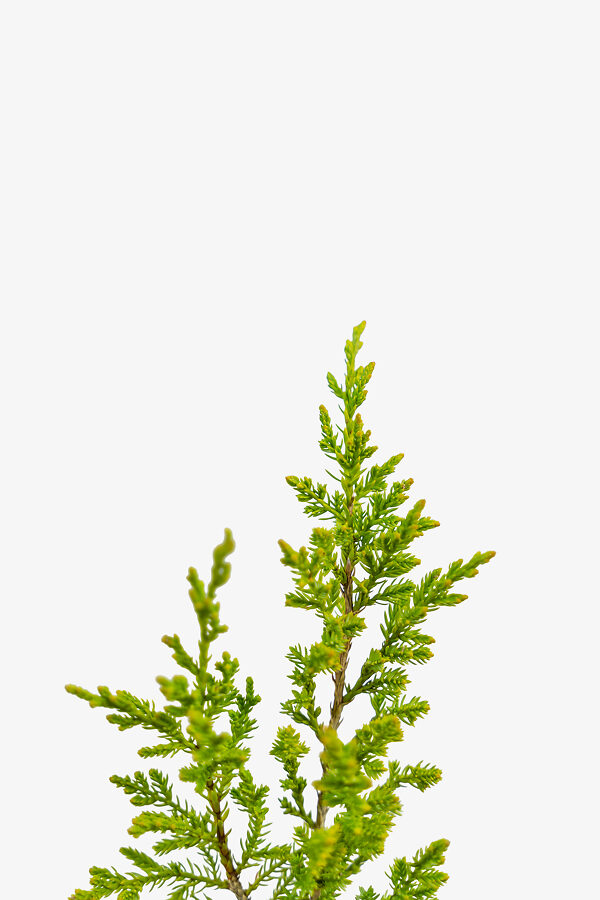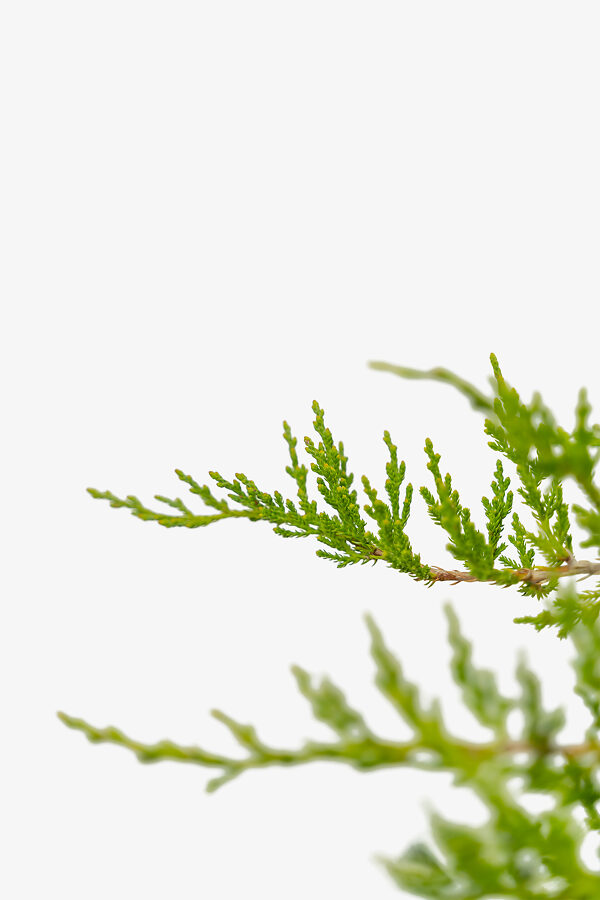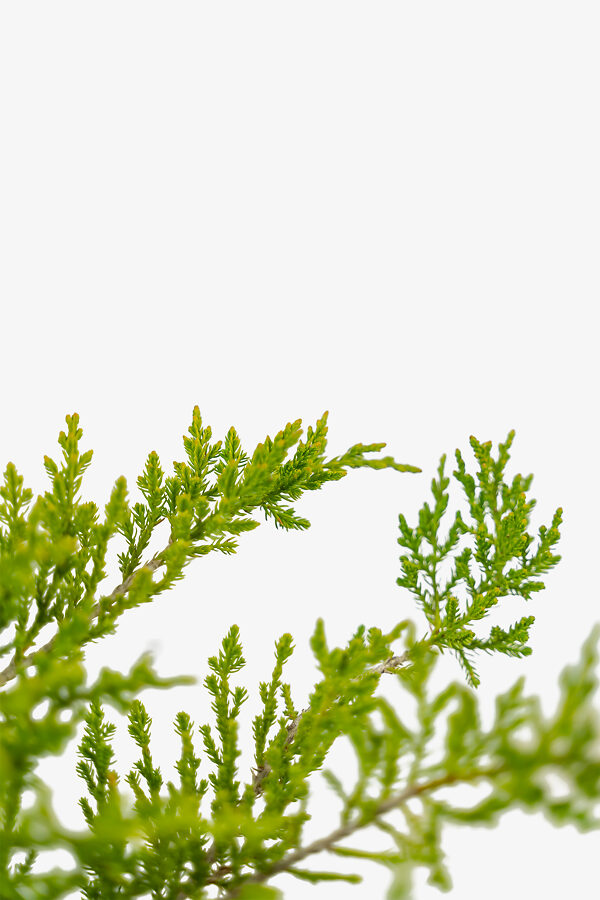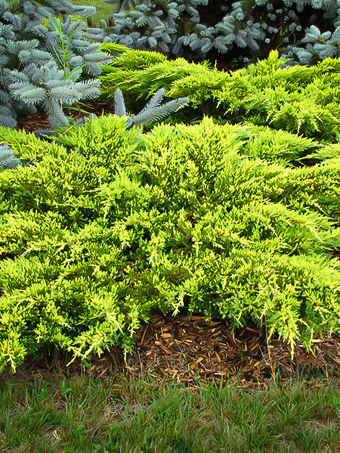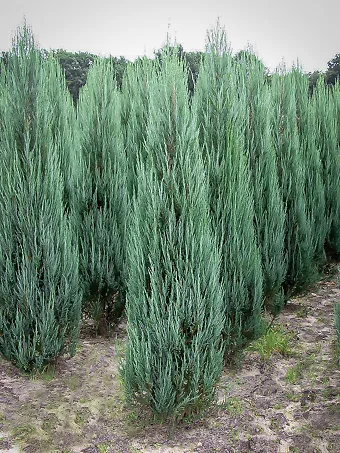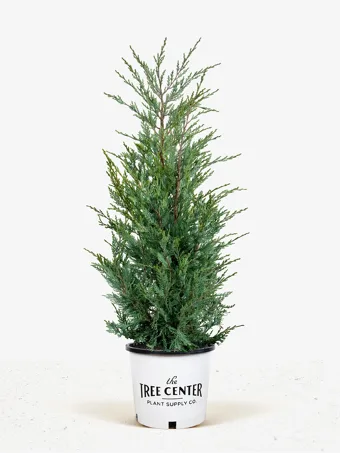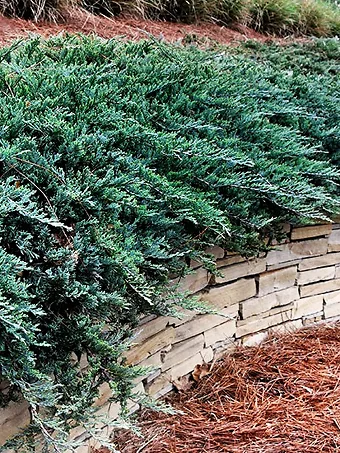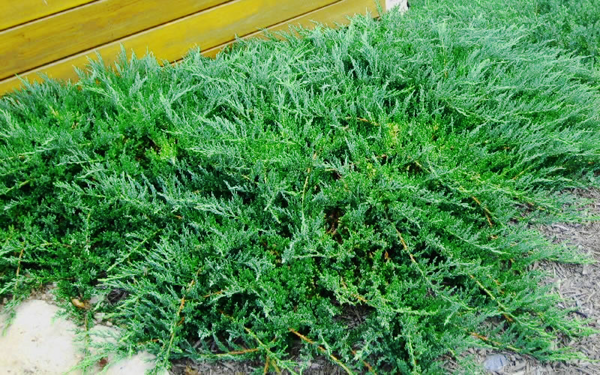
Sargent Juniper
Juniperus chinensis var. sargentiiView more from Juniper Trees
Sargent Juniper
Juniperus chinensis var. sargentii
Select Size
30 day - ARRIVE AND THRIVE™ guaranteeLearn more


Special Features

Botanical Name
Juniperus chinensis var. sargentii
Outdoor Growing zone
4-9
Mature Height
Mature Width
8-10
Sun needs
Full Sun
Sargent’s Juniper is the most reliable ground-cover evergreen for difficult spots. Nowhere is too dry and barren for this plant to survive in, and it will cover up to 10 feet with an 18-inch carpet of blue-green needles. Older stems have rugged silver-gray bark, and this plant is perfect for slopes, terracing, rock gardens and anywhere you need a reliable year-round green carpet, even at the beach. It also makes a very easy bonsai tree – it’s a Japanese classic, or simply spilling out of planters containing larger trees.
- The toughest evergreen for hot and dry spots
- A sprawling carpet of blue-green needles
- Reliable in dry and sandy soils
- Resistant to salt spray
- A classic choice for creating bonsai trees
Sargent’s Juniper thrives in hot and dry places, and tolerates both cold winters and hot summers. It grows in any well-drained soil, even gravels and sands, and even at the beach. Once established it is very drought resistant, and one of the top choices for difficult locations. It is untroubled by pests, diseases, deer or rabbits, and needs no particular attention to thrive.
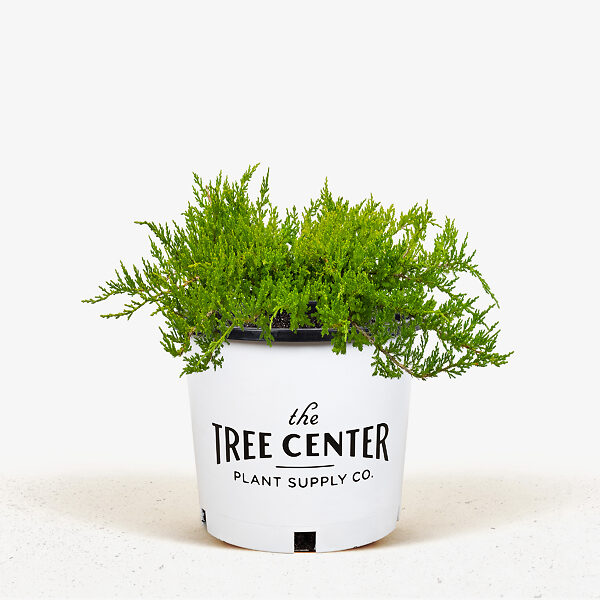
Every garden has difficult areas that need covering with attractive foliage. One of the amazing things about our gardens is how they bring together plants from all over our planet, and that is how we have Sargent’s Juniper to enjoy. You would have to travel to the northernmost islands of Japan to see this plant growing wild on the barren hills or shores, but you don’t have to, because Charles Sprague Sargent did it for us. Thanks to him we have one of the very best low-growing evergreen ground cover plants for barren, difficult places, at the seaside, at your country cottage, or anywhere at all you need to cover dry and rocky slopes. Even if you just have a regular garden, this handsome plant will do the trick when it comes to foreground planting in dry beds, or spilling over rocks, walls and down slopes. With its long trailing stems and blue-green foliage it spreads wide but stays low, surviving where most plants would quickly give up. This is also one of the classic Japanese plants for creating bonsai. We know you have places that need a tough plant like this to make them beautiful.
Growing Sargent’s Juniper
Size and Appearance
Sargent’s Juniper is a fast-growing low evergreen shrub, that sends out long trailing stems, covering an area up to 10 feet across in as many years, while also growing short semi-upright stems, making it no more than 2 feet tall. Older stems develop handsome silver-gray bark that gives a great rugged look to it, while the younger stems are densely covered in blue-green needles of two types. Some branches, especially younger ones, have short, triangular, spine-tipped leaves growing outwards from the stems. Older branches have flat, scaly leaves covering them completely and giving a smooth yet rugged look. The leaves are an attractive blue-green color, lighter in spring when new, and darker blue during winter. Some plants will, with age, develop clusters of blue-black berries that give interest in fall and through winter. These juniper berries are actually the cones of this conifer, but these are not the edible kind used for cooking and making gin, so just admire their beauty.
Using Sargent’s Juniper in Your Garden
Wherever you have open, sunny places on drier soils, that is where Sargent’s Juniper is your friend. Perhaps the very best of all evergreens for difficult sites, it will grow in soil and dryness, where other plants fail. Certainly use it effectively to complete the foreground of your beds, but where it really succeeds is in covering rocky slopes, cascading down terraced walls, and even growing across the sand at your beach cottage. For larger areas plant about 6 feet apart – you will be surprised at how quickly it grows into an attractive mat of stems and leaves. Be careful to allow enough room for future growth, and don’t plant right at the front of beds, or right beside a pathway – unless you want it to spill over. As well, this is one of the classic trees used in Japan to create fabulous bonsai – and a popular choice for beginners and experts. It can also be used spilling out of tree planters, as a ground cover beneath them.
Hardiness
This plant is ridiculously hardy, thriving happily all through zone 4, under ice and snow, and doing just as well in zone 9, under scorching sun and high temperatures. Of course it grows everywhere in between as well.
Sun Exposure and Soil Conditions
Sun, sun and more sun suit Sargent’s Juniper perfectly, although it would survive an hour or two of shade each day if it had to. Soil needs to be well-drained, but after that, anything goes. Acidic, alkaline, sand or clay – and urban soils too – all are fine with this plant, one of the toughest there is. It is also very resistant to salt-spray.
Maintenance and Pruning
This is simple too – there isn’t any need. If ever a bush was ‘plant and forget’, this is it. Allow enough room for its spread, and just let it go. It doesn’t need any trimming, but you could cut back branches to side-shoots if you needed to. It doesn’t suffer from pests or diseases, deer and rabbits leave it alone, and salt-spray doesn’t bother it either.
History and Origin of Sargent’s Juniper
The American botanist Charles Sprague Sargent was the founding director of the Arnold Arboretum, part of Harvard University, and a major ‘pilgrimage site’ for garden lovers. He began his career at the arboretum in 1872, and was there when he died in 1927. In 1892 he was plant collecting in Hokkaido, the northern island of Japan, and along the coast he collected a new juniper, which also grew on high mountain slopes. It was for a time called Juniperus sargentii, but today we recognize it as a special variety of the Chinese juniper, and call it Juniperus chinensis var. sargentii. It is found wild not only on Hokkaido, but also further north on Russia’s Sakhalin Island, and on the many wild and desolate islands of the Kuril archipelago.
Buying Sargent’s Juniper at the Tree Center
Since its introduction, Sargent’s Juniper has become a firm favorite of knowing gardeners, and the ‘go-to’ for difficult sunny sites. Make it part of your landscape – and cover those difficult spots you thought were impossible. But order your plants now, before those ‘knowing gardeners’ take them all for themselves.





